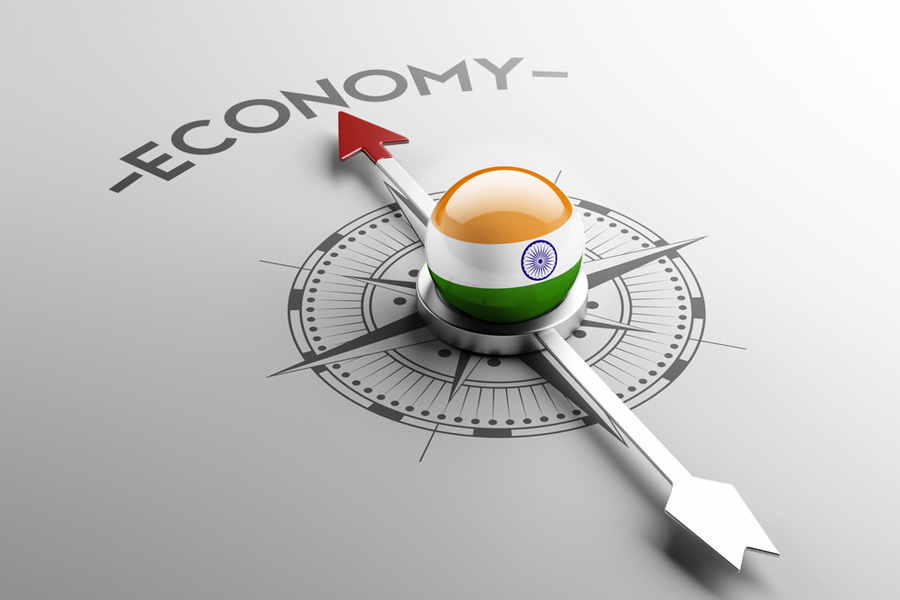The slowdown in the growth rate in the first quarter of this fiscal has raised concerns on whether the nation has capacity to drive sustained high growth over many years to reach the present government’s aspirational goal to become a developed economy by 2047.
Growth dropped to a five-quarter low of 6.7 per cent year-on-year in the April-June quarter, primarily because of a decline in government spending during the elections, and economists are now worried about more slowdown if infrastructure spending does not increase significantly.
The Reserve Bank of India (RBI) expects the economy to grow 7.2 per cent for the full fiscal, slower than the 8.2 per cent growth the previous year. Besides the contraction in state spending, the slowdown is attributed to the central bank’s tightened rules on retail loans.
“Growing at 7-7.5 per cent for a few years is feasible, given the large unmet demand for many commodities and services in India. However, to grow consistently at 7 per cent for decades is extremely difficult. Multiple processes and structures need to change,” said Saugata Bhattacharya, an independent economist.
“The first is to reform administration, to dismantle the cobwebs of onerous legislative and bureaucratic cobwebs at the lowest levels of governance,” he said.
“Second, major structural and legal reforms related to land (including agriculture) and labour are urgently needed. Legal processes need to be streamlined. Third, despite a huge population overhang, India has failed to develop a large base of skills and talent beyond a tiny super-skilled segment.”
Some economists argue that even with 7 per cent annual growth, India’s per capita income would only reach around $14,000 by 2047, falling short of the developed country benchmark.
“While a dip in one quarter should not be a cause for alarm, there are several other warning signs,” said Partha Chatterjee of Shiv Nadar University. “Private consumption growth rate, private investment and merchandise exports have all fallen in recent years.”
Chatterjee said the government should urgently implement reforms, particularly in the labour market, and focus on SMEs.
D.K. Pant, chief economist at India Ratings and Research, noted that the recent slowdown was partly due to base effects. He highlighted the positive signs of private consumption and fixed capital formation growth.
N.R. Bhanumurthy, director of the Madras School of Economics, cautioned against overreacting to the one-quarter data and emphasised the need for consistent growth.
He acknowledged that 7 per cent growth is a respectable figure given the current global scenario but stressed the need for further economic and reform measures to accelerate India’s pace.
Experts emphasise the need for India to achieve a real GDP growth rate of 10-12 per cent per year to become a developed economy by 2047. A slower growth rate of 6 per cent would keep India in the lower middle-income category.
Growth path
The Niti Aayog has estimated the economy will need to post an annual average economic growth of 9.2 per cent between 2030 and 2040, 8.8 per cent between 2040 and 2047 and 9 per cent between 2030 to 2047
“This rapid pace of economic expansion would result in the size of the Indian GDP exceeding Japanese GDP by 2030, making India the second largest economy in the Asia-Pacific region,” the Niti Aayog said.
“By 2022, the size of theIndian GDP had already become larger than that of the UK and France. By 2030, India’s GDP is also forecast to surpass Germany.”











